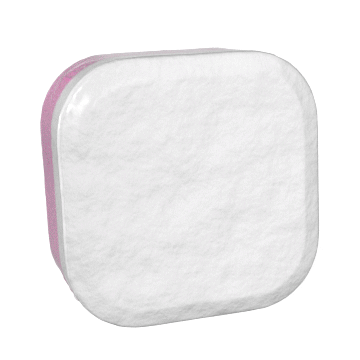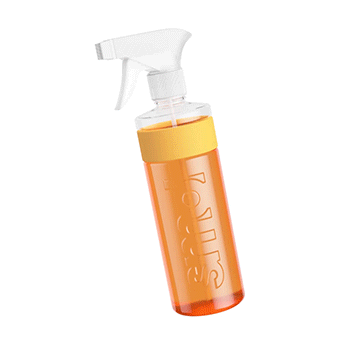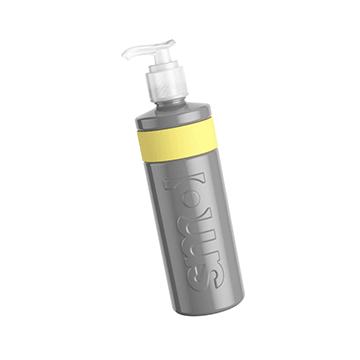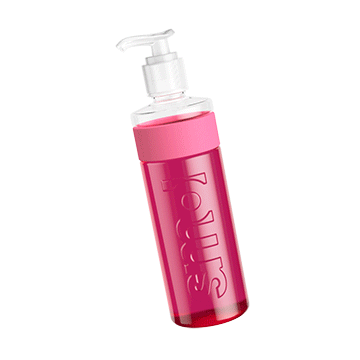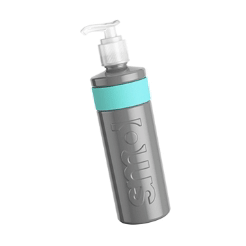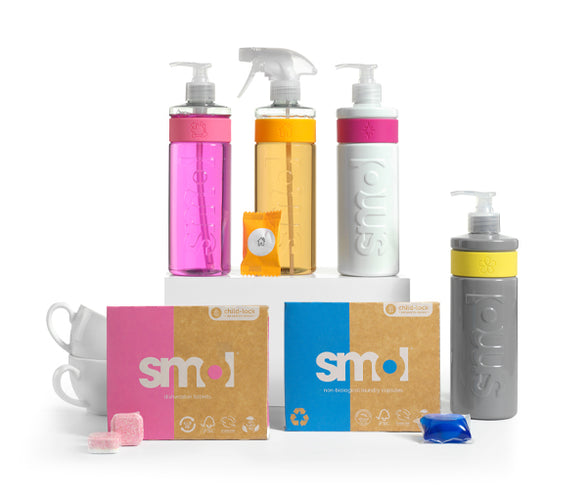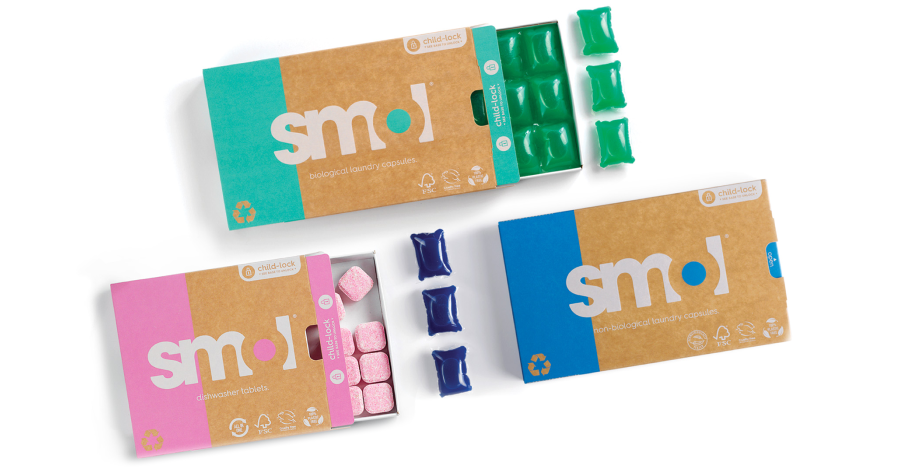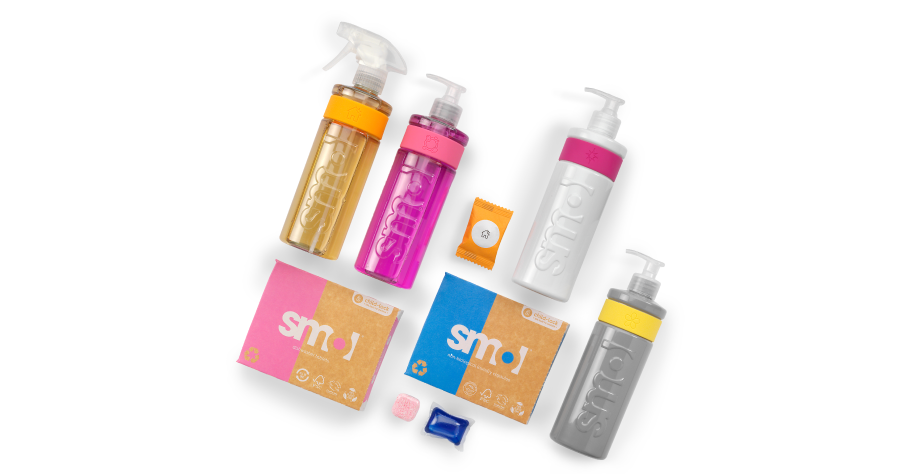What’s it all about?
Unless you’ve been living under a rock for the past few years (who could blame you recently) you will have heard of the term carbon footprint.
It’s mentioned often but what actually is a carbon footprint? What is it made of, how is it calculated and why does it even matter? We felt it was worthy of a blog.
A carbon footprint is the best estimate we can make of the impact any thing has on climate change. It’s a measure of the greenhouse gases created through the lifespan of the thing… an item, a company, a country…. the world. And these gases aren’t just carbon dioxide (although it is the main one we can influence).
There is methane (mostly created by landfill and farming) which is 25 x more damaging than carbon dioxide; nitrous oxide (300 x worse than carbon dioxide) which is mostly created by industry and farming; and worst of all are refrigerant gases that are many thousand times more potent than carbon dioxide (but thankfully only make up 1% of the impact on climate change).
These gases allow sunlight to pass through our atmosphere to the Earth’s surface BUT they stop the heat from this sunlight from leaving our atmosphere.
Manufacturing an item produces many greenhouse gases and it would be very confusing if they were all individually listed out. So a carbon footprint is just shown in terms of its carbon dioxide equivalent… and we write this as CO2e.
How do we measure it?
With difficulty! Because the true carbon footprint of something is much more complex than we might think so it’s easily misrepresented.
Take a simple plastic bottle.
Firstly there are the direct emissions from its manufacture in a factory and its transport to a shop.
But there are also indirect emissions... for example from the oil that was extracted from the ground and processed to make the plastic in the first place.
And the offices of the plastic factory? That creates a whole host of emissions from every item used in the day to day running of the business as a whole... so the true carbon footprint of a plastic bottle should really include all indirect emissions… you can see the calculation is not an easy job.
So why does it all matter?
The planet is heating up. It’s surface temperature has risen about 1.18 degrees Celsius since the late 1800s and most of this has occurred in the past 40 years. So far 2016 and 2020 are tied for the warmest year on record.
One or two degrees doesn’t sound like much but it causes extreme weather events along with the loss of natural habitats for animals and plants and a huge reduction in biodiversity.
Reducing our greenhouse gas emissions is critical to reducing the rate of global warming. By learning about the impact activities, items, companies etc have in terms of these gases we can then see the areas where we can most reduce them.
Recent results give cause for hope in the UK as we have cut carbon emissions faster than any other developed nation since 1990 (by 44% based on data from Dept for BEIS).
But there is much more to do and it needs to start TODAY.
We’re proud that smol is one of the only detergent brands to have conducted a full life cycle analysis by an independent sustainability consultancy (eloop). When comparing our capsules to the benchmark product across all areas (from ingredients, to usage and waste) smol generated 13% less carbon per capsule.
You may not realise that 70% of any laundry capsule’s footprint generates from how we use that capsule in the home. If we were just to take the simple swap of purchasing smol capsules rather than a benchmark product, smol’s carbon footprint is 35% lower.
The same can be said for our dishwash. They will save you 10% on your footprint when assessed across their lifecycle (including usage). With just the simple swap of buying smol dishwash compared to a benchmark brand saving you 46% carbon.
All this means that to-date - smol customers have saved over 6000 tonnes of carbon. And the number keeps growing! It’s a smol swap for a big difference.
Interested in learning more?
Keep your eyes peeled for a future blog investigating the simplest, easiest ways we can ALL start cutting our carbon footprint. In the meantime can we heartily recommend AimHi who provide brilliant educational work in this area? (a lot of it is free).
They received a great endorsement from naturalist Chris Packham https://www.instagram.com/p/COiLCQXHvsP/ and maybe (like us) you’ll sign up to their online climate course aimed at all the family for a total of just £3… amazing!
Interested in doing more?
There are many organisations that plant trees in exchange for donations. We like this small not-for-profit called https://www.carbontrap.org/ in the UK planting elephant grass which is great at trapping carbon for up to 20 years. They use the harvest to create packaging and work with many sustainable companies.
Lastly, don’t forget our #washwell campaign, set to bring a whole host of tips to help cut your carbon footprint. Tip one is take a load off and you can read all about this here https://smolproducts.com/blogs/a-smol-blog-posted
Remember, smol things make a big difference, so here’s to cutting the carbs!

